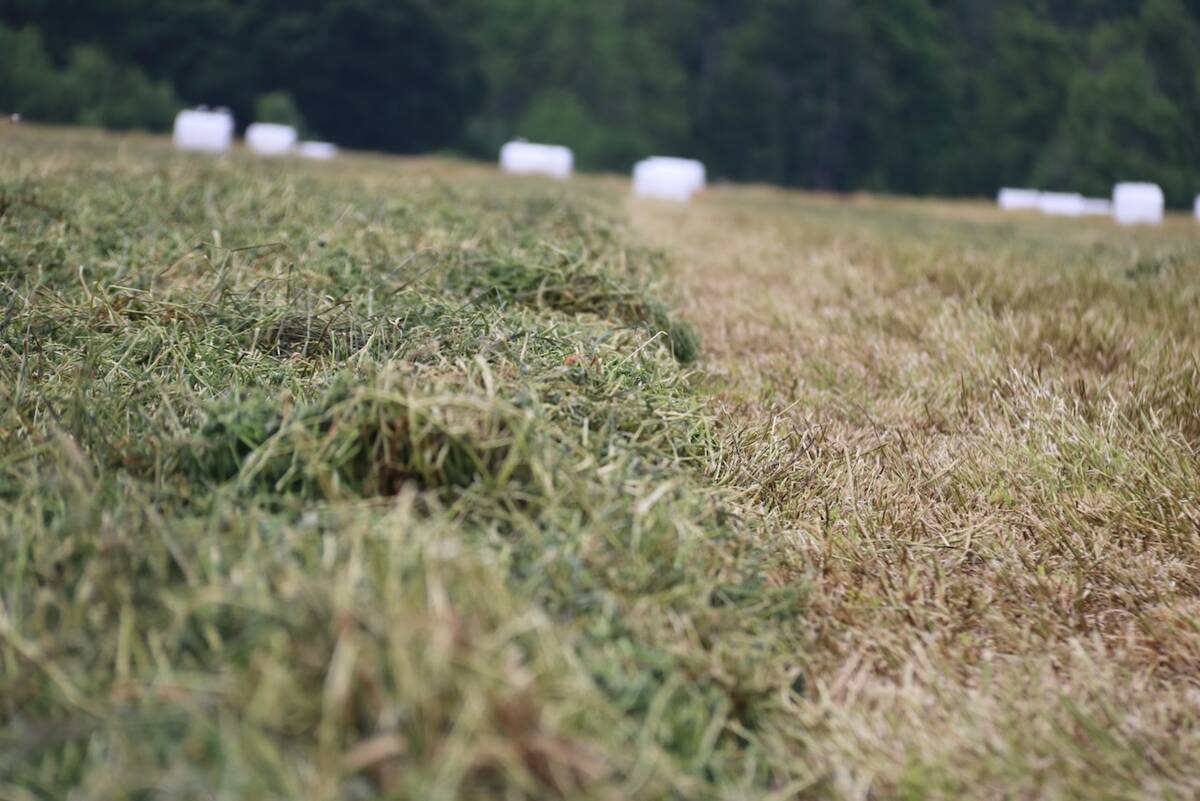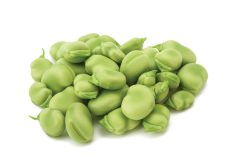Anyone who enjoyed Play-Doh as a child will appreciate watching Paul Ebbinghaus make pasta at the Canadian International Grains Institute’s (Cigi’s) pasta plant, on the main floor of their downtown Winnipeg office.
But the international grain markets are not child’s play. The pasta plant is one part of Cigi’s strategy to keep Canadian durum competitive.
When it comes to what durum buyers look for, it depends on the end use. Typically, Italian pasta makers seek durum with high protein content, said Ebbinghaus, technical specialist in Asian products and pasta technology with Cigi.
Read Also

New high-performance forage training program to launch in 2026
A new Canadian Forage and Grasslands Asssociation high-performance forage program will be a resource for farmers, agronomists and others in the forage sector.
Higher protein relates to a chewier bite, which Italians prefer, Ebbinghaus told attendees of Combine to Customer during a tour. Durum is milled to semolina, and the grade also affects the semolina colour, Ebbinghaus said.
Durum buyers also look for hard vitreous kernels, and no starchy kernels, said Ebbinghaus. Buyers also avoid diseased kernels. Ergot, for example, creates black specks in the end products.
Couscous makers typically require lower protein durum than pasta makers, Ebbinghaus said, looking for durum with about 10 to 11 per cent protein.
“Colour is extremely important to couscous consumers and also manufacturers. They want that bright yellow colour in durum,” said Ebbinghaus. He added that from what he’s seen, Canada’s durum has the best colour. “So it’s a major plus for us.”

Pasta makers in some country will blend durum with common wheat flour to offset the higher cost of durum, Ebbinghaus said. That practice is more common in South American countries.
However, in Italy, there are restrictions on what pasta makers can use. Generally they are not allowed to use other flours in products labelled as dry pasta, which will be sold in Italy.
Pumping up pasta with pulses
While pasta purists might turn up their noses at anything other than durum in their fettuccini, others are looking for pulses in pasta.
Shelley Lagasse is a pulse and special crops technologist working in Cigi’s pulse milling research program. Lagasse said that they talk to the food industry to make sure their work is relevant.
“A lot of what they’ve said is that in their health and wellness lines, one of their main pillars is using vegetable protein,” said Lagasse. “So the food industry’s interested. We’re just going to create new markets for it.”
Pulses are a nutritional powerhouse. They typically contain 25 per cent protein, plus plenty of fibre. Pulses and wheat also contain different amino acids, and when combined, create a complete protein, Lagasse told Combine to Customer attendees.
When processing pulses, Lagasse said it’s important to think about the end use.
“Not all pulse ingredients function perfectly in different applications. You have to sort of know what your application is to get the specifications you need in the pulse flour,” she said. Some products might require finer or larger particles. Pulses can even be milled into semolina for pasta.
Ebbinghaus said pulses such as yellow peas, chickpeas and lentils can all be used. “You name it, you can add it to pasta.”
Lagasse said how much pulse flour they can incorporate depends on the product. For example, short goods such as macaroni can handle much higher pulse levels than long goods such as spaghetti. Too much pulse flour can create brittle pasta, or pasta that lacks the nice al dente bite, she explained.
With bread, 20 per cent pulse flour seems to be the level that works. “And once you start diluting it too much, you’re getting a more dense volume for the loaf,” said Lagasse.
There are still some challenges around incorporating pulses into pasta.
“One of the drawbacks I find is the North American consumer is not really accustomed to the taste of pulse crops used in the pasta,” said Ebbinghaus. “So it’s something the industry is working on right now.”
Lagasse said those flavour issues can be addressed by treating the pulses before or after milling. For example, processors can use heat to drive off the flavour volatiles, creating a more neutral flavour. Pulse breeders are also looking at developing varieties with a lower flavour profile, she added.
Cigi also has a twin screw extruder, which creates snack foods and cereals, similar to Cheezies and Corn Pops. Ebbinghaus said anything with starch will puff. He added that they typically use 100 per cent pulse flour, and add five to 10 per cent water to the extrusion process for pulse-based snack foods.
“Very simple,” he said. Some products on grocery store shelves are 100 per cent pulse flour, he added.
And that chickpea taste is not an issue with snack foods. For one thing, the heat from the extrusion process likely drives off flavour volatiles, said Lagasse. Plus, food companies add seasonings afterwards which would mask any lingering pulse flavour.
Pasta and snack foods aren’t the only pulse destinations that Cigi is working on. Lagasse said they’re also looking at adding it to vermicelli noodles.
“There’s been some work done on replacing mung bean, which they traditionally use, with yellow pea starch.”
Cigi and Morocco are also working together on a technical “train the trainer” program for Moroccan millers handling durum and pulses. And Sask Pulse, Cigi, and British baking giant Warburtons are working on a project that looks at everything from the growing pulse flour market to milling and storing flour.
















